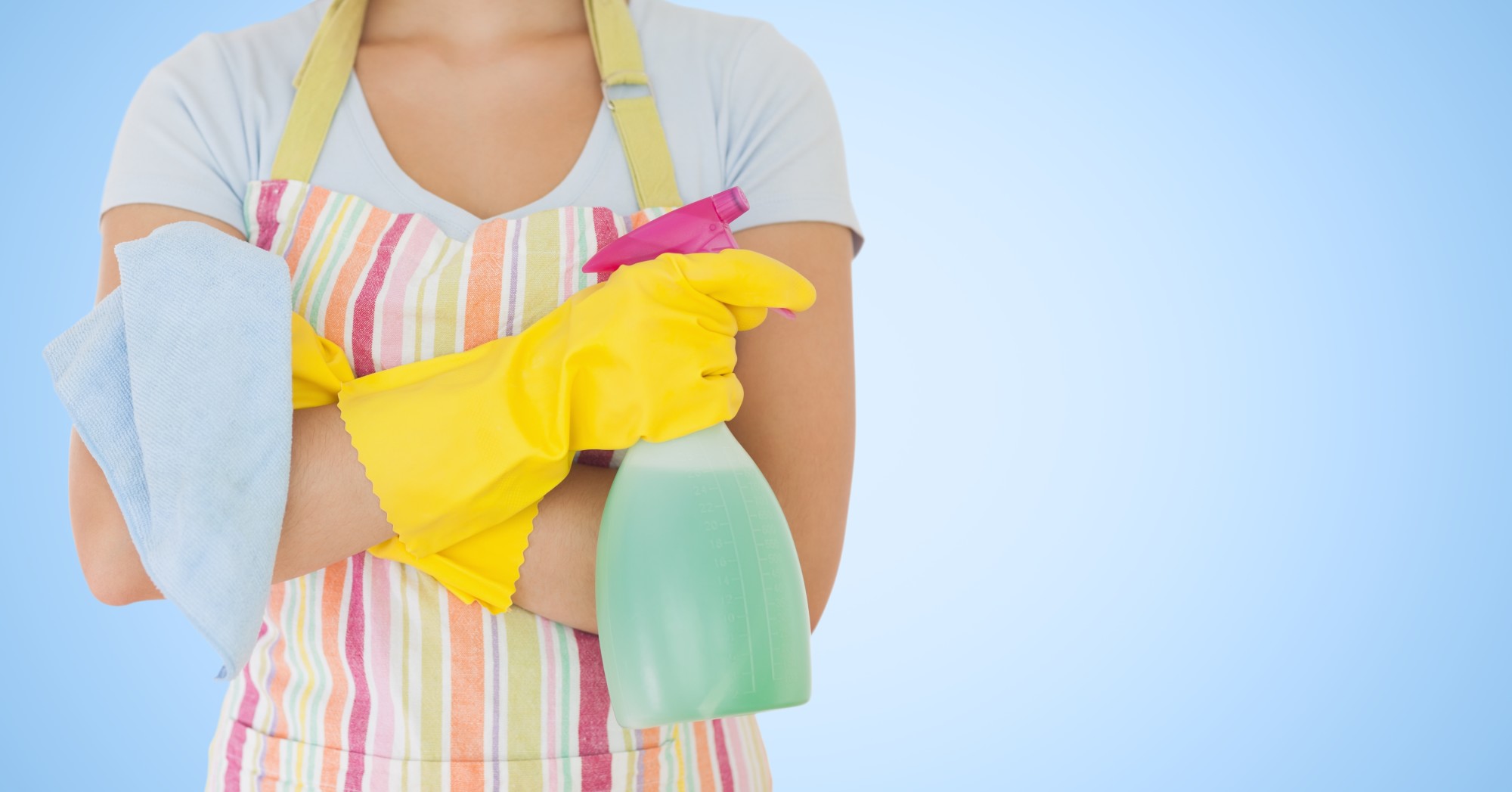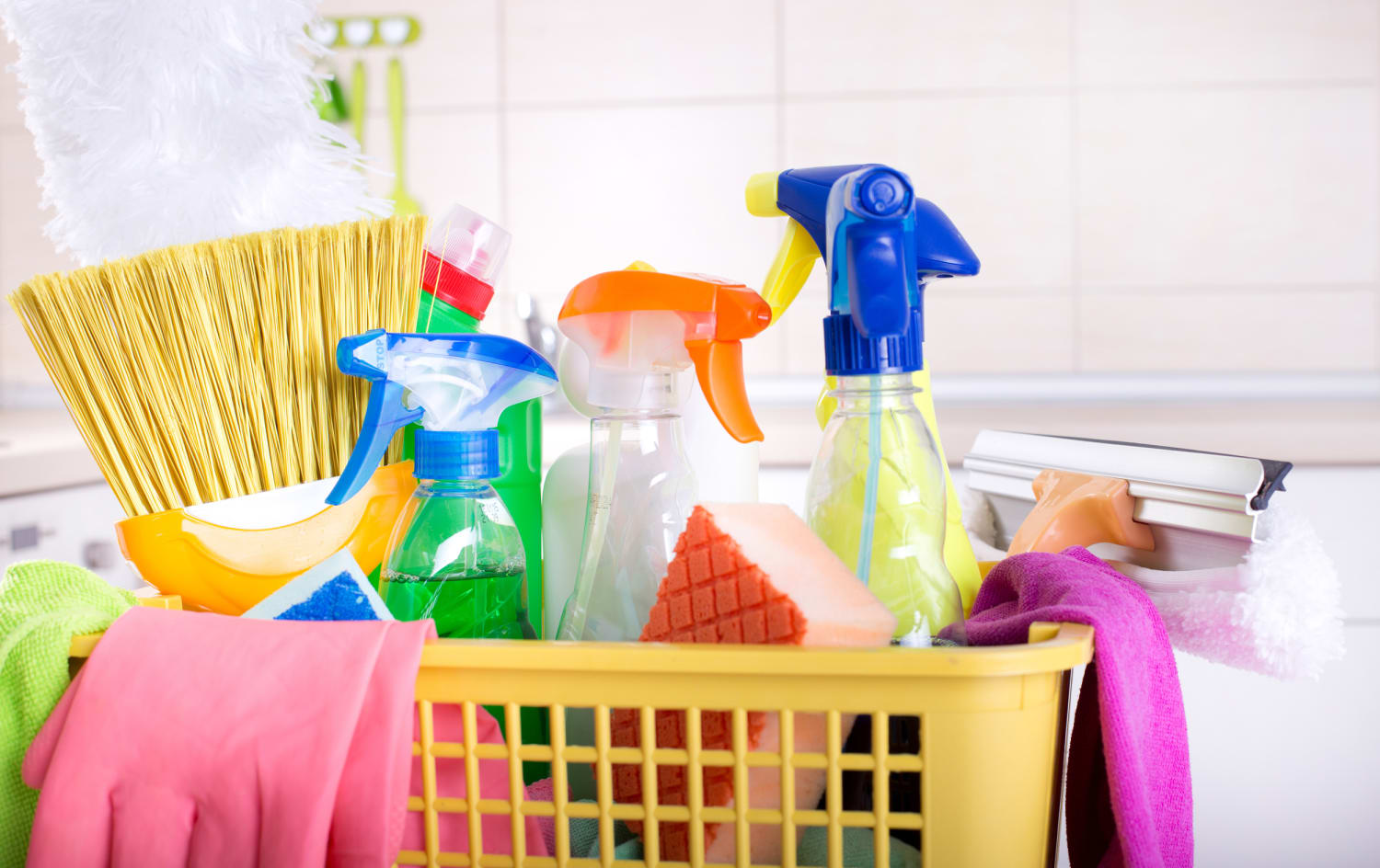Just how to Keep Your Home Pristine: Everyday Cleaning Tips for Defrosted and Cleaned Every Few Months
Just how to Keep Your Home Pristine: Everyday Cleaning Tips for Defrosted and Cleaned Every Few Months
Blog Article
Recognizing the Demand for Completely Disinfecting and Sanitizing Regularly Touched Surface Areas in High-Traffic Locations
In the realm of public wellness and safety and security, the careful disinfection and sanitization of regularly touched surface areas in high-traffic locations stand as vital procedures in protecting against the spread of hazardous pathogens. By discovering the numerous facets of surface area disinfection, from the dangers associated with disregarding cleansing protocols to the efficient techniques that can be used, a clearer understanding arises of the crucial role these practices play in safeguarding public wellness.
Importance of Surface Area Disinfection
Highlighting the comprehensive disinfection of high-traffic surface areas is vital in preserving a sanitary setting and protecting against the spread of harmful pathogens. High-touch surfaces such as door takes care of, light switches, elevator switches, and counter tops work as reproducing premises for viruses and microorganisms. Routine sanitation of these surfaces is necessary to lower the threat of contamination and transmission of ailments.
By carrying out a robust sanitation procedure, establishments and companies can develop a safer atmosphere for staff members, visitors, and consumers. Proper surface sanitation not just reduces the spread of transmittable illness yet additionally imparts self-confidence in the sanitation and security of the premises. This proactive method demonstrates a dedication to health and wellness, which is particularly important in high-traffic locations where the probability of direct exposure to pathogens is enhanced.
Additionally, surface disinfection plays a crucial role in total infection control approaches. Combined with hand health practices, wearing masks, and keeping physical distancing, complete disinfection of high-touch surface areas creates an extensive defense against the transmission of damaging microorganisms. Prioritizing surface area disinfection is an essential component of an alternative technique to wellness and safety and security in shared spaces.
Risks of Disregarding Cleaning Practices
Disregarding detailed sanitation of high-traffic surface areas dramatically heightens the danger of bacterial and viral contamination, positioning a significant risk to the health and safety of individuals frequenting these areas. Failing to carry out appropriate cleansing practices can bring about the accumulation and spread of dangerous pathogens, including viruses and bacteria, on frequently touched surfaces such as doorknobs, handrails, lift switches, and counter tops.

Additionally, neglecting the significance of comprehensive cleansing not only endangers the well-being of people but also undermines efforts to maintain a clean and sanitary setting. It is crucial to recognize the relevance of correct disinfection procedures in avoiding the spread of infections and securing public health and wellness.
Effective Sanitation Techniques
To preserve ideal cleanliness and decrease the threat of contamination on high-traffic surfaces, utilizing efficient sanitation techniques is crucial. Among the most efficient and common disinfection techniques is making use of chemical anti-bacterials. These items can differ in stamina and composition, with some targeting certain pathogens like viruses or germs. It is important to adhere to the producer's additional info directions for appropriate dilution, call time, and air flow when utilizing chemical anti-bacterials to guarantee their performance - Scrub the Surfaces.
One more reliable technique is using UV-C light. UV-C light has actually been shown to be effective in killing a large selection of microorganisms by disrupting their DNA structure, thus stopping them from reproducing. However, it is essential to utilize UV-C light correctly, guaranteeing that the proper strength and direct exposure time are used to attain the preferred sanitation results.
In addition, utilizing steam cleaning as a disinfection method can be highly efficient, especially on surfaces that are heat-resistant. Steam can permeate permeable surfaces and eliminate microorganisms, infections, and various other microorganisms successfully. When using steam cleaning, it is essential to ensure that the surface reaches the called for temperature level for a sufficient amount of time to ensure correct sanitation.
Effect On Public Health And Wellness
The upkeep of high criteria of sanitation and sanitation on high-traffic surface areas plays an essential function in guarding public wellness. Regularly touched surfaces in locations with high tramp, such as doorknobs, hand rails, lift buttons, and bathroom centers, function as reproducing premises for hazardous microorganisms. Failing to adequately decontaminate these surfaces can cause the rapid spread of infectious illness within areas. By applying complete disinfection protocols, the danger of transmission of infections, germs, and various other germs can be considerably lowered.
Reliable hygiene techniques not only protect people from falling sick but additionally add to the total wellness of society. Public health authorities stress the significance of preserving clean atmospheres to avoid break outs and have the spread of diseases. In high-traffic areas like airports, colleges, medical facilities, and public transportation systems, the effect of strenuous disinfection steps can not be underrated. Our site Focusing on the sanitization of regularly touched surfaces is a proactive approach to promoting public health and wellness and boosting the safety and security of people in shared rooms.
Executing Routine Cleansing Procedures
Quickly instituting and adhering to a regular routine of cleaning protocols is paramount for maintaining the sanitation and security of high-traffic surface areas. Normal cleansing protocols are important in protecting against the accumulation of germs and microorganisms on frequently touched surface areas, especially in areas with high foot website traffic. By implementing a methodical strategy to cleaning, organizations can properly minimize the threat of illness transmission and produce a healthier setting for workers, clients, and the general public.
To develop an effective cleaning schedule, it is vital to determine high-traffic areas that need constant focus. These locations might consist of doorknobs, handrails, lift switches, bathroom centers, and common tools. Carrying out a regular cleansing program that targets these surface areas multiple times a day can substantially lower the spread of unsafe Related Site bacteria and viruses.
Furthermore, using suitable cleansing agents and anti-bacterials is key to making certain that surfaces are extensively sanitized. Regular training of cleaning personnel on appropriate cleaning methods and the significance of adherence to the cleansing timetable is likewise vital in keeping a hygienic environment. By prioritizing constant cleaning procedures, organizations can promote the wellness and well-being of people who interact with these high-traffic surface areas.

Conclusion
In final thought, it is vital to focus on comprehensive sanitation and sanitization of frequently touched surface areas in high-traffic locations to stop the spread of unsafe virus and preserve public wellness. Neglecting correct cleansing methods can increase the threat of contamination and transmission of conditions. By carrying out regular cleansing methods and utilizing effective disinfection techniques, we can produce a much safer setting for every person (Everyday cleaning). It is important to identify the value of keeping tidy surfaces in high-traffic areas to make certain the health of the neighborhood.
In the world of public health and wellness and safety, the thorough disinfection and sanitization of regularly touched surface areas in high-traffic areas stand as paramount steps in protecting against the spread of unsafe virus. By discovering the various aspects of surface disinfection, from the risks associated with overlooking cleaning procedures to the reliable approaches that can be used, a more clear understanding emerges of the important function these methods play in guarding public wellness.In addition, employing heavy steam cleansing as a sanitation technique can be very effective, particularly on surfaces that are heat-resistant. When utilizing steam cleaning, it is crucial to make certain that the surface area reaches the needed temperature for an adequate quantity of time to ensure appropriate disinfection.
In final thought, it is crucial to prioritize detailed sanitation and sanitization of regularly touched surfaces in high-traffic locations to prevent the spread of hazardous microorganisms and maintain public health and wellness.
Report this page